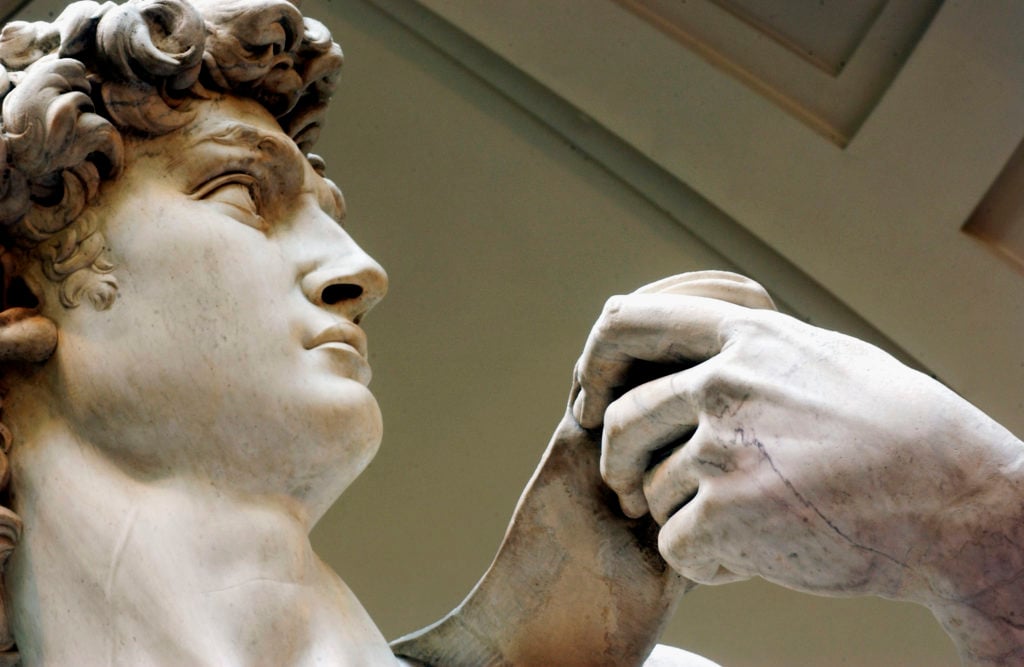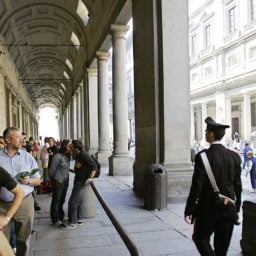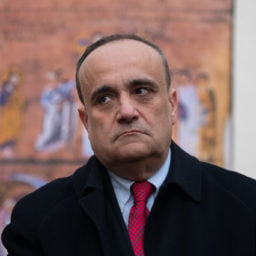Italy’s culture minister has left the directors of many of its most famous museums wondering if they will be out of a job at the end of the year. Alberto Bonisoli, who was appointed by the country’s populist government, said there is enough Italian talent to fill the country’s top museum jobs. His claim echoes the “Italians First” rhetoric of Italy’s ruling far-right party, League.
The culture minister’s comments signal a wish to reverse the previous Italian government’s decision to open up posts to the wider international museum community that have traditionally been filled by Italians only.
Italy’s culture ministry manages its museums, and under the previous centrist culture minister Dario Franceschini in 2015, the country launched its first international call for directors of 20 of its top museums. The aim was to breathe new life into the management of Italy’s often fusty museums, as well as to bring in the contacts to raise private funds that could offset cuts in government funding.
Four years on, Bonisoli seems to be looking to bringing control back home. “I think they thought they wouldn’t find sufficient talent for the job in Italy,” Bonisoli told the Times newspaper, referring international recruitment drive in 2015 that included job ads in the Economist magazine. He added that today, “I think you will find it.” While Bonisoli said he had “no problem” hiring foreign nationals for director jobs, he also said “I don’t feel the need to go abroad.”
Contacted by artnet News, a representative for the Italian culture minister clarified that Bonisoli has always maintained that it doesn’t matter what kind of passport museums directors hold, just that they are fit and able for the job.

Michelangelo’s masterpiece David at the Galleria dell’Accademia in Florence. Photo by Franco Origlia/Getty Images.
The 2015 call to arms saw seven foreign nationals placed at the head of top museums. The German expert in Renaissance and Baroque sculpture, Eike Schmidt, was appointed to the Uffizi Gallery in Florence. Meanwhile, the city’s Accademia Gallery was given over to another German, Cecilie Hollberg, and a third, Gabriel Zuchtriegel, was appointed to head the Paestrum Archaeology Park. Milan’s Pinacoteca di Brera was entrusted to the British-Canadian museum specialist, James Bradburne, and the National Gallery of Marche was taken over by the Austrian Peter Aufreiter. Another Austrian, Peter Assman, was chosen to helm Mantua’s Palazzo Ducale, and the French art historian Sylvain Bellenger to manage the Capodimonte Museum in Naples.
These directors will be told later this year whether or not their contracts will be renewed, although at least one, Eike Schmidt, has already announced he will be leaving the Uffizi in the second half of the year to be the director of Vienna’s Kunsthistorisches Museum.
The fate of the remaining museum directors remains to be seen. Hollberg, for one, has publicly stated her desire to remain at the head of Florence’s Accademia. Under her guidance, it has seen a 300,000 visitor increase (22 percent), according to the Italian national statistics service. She was also behind the implementation of 2017 ordinance banning the use of images of Michelangelo’s David for commercial purposes, which has already brought in around €50,000 (around $57,000) to the museum.
Meanwhile, the culture ministry launched an international search for directors of three institutions, applications for which closed in December. Replacements are being sought for the directors of the Galleria dell’Accademia in Venice, and the Royal Palace of Caserta following the retirement of Paola Marini and Mauro Felicori. Some 77 candidates reportedly applied for the Caserta job, of whom 5.8 percent were foreigners, according to the Italian paper Stylo24. Similarly, the top job at the Pompeii Archaeological Park has been advertized, and its current director Massimo Osanna has reapplied for his job, competing against 47 other candidates, of which three are understood to be non-Italians.
While the remaining jobs will be re-advertized to an international audience, it is ultimately the Italian ministry that controls who gets appointed. Comments from a junior culture minister last year disputing the number of Leonardo da Vinci works Italy should loan to the Louvre for its Leonardo blockbuster later this year have been interpreted by some as a sign that Italian candidates will once again be preferred for its top museum jobs.
The spokesman for the Italian culture ministry, however, assured artnet News that the candidates will be drawn from a public selection without bias as each of the current contracts finish. That said, he added that if the majority of candidates are Italian—as was the case for 94 percent of applicants for the most recent call—”it’s highly probable that the selected directors [will be] Italians.”










